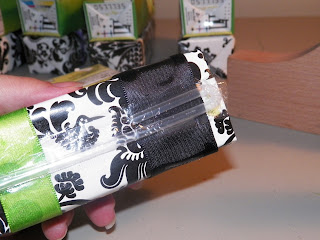The movement of deep-water currents depends on how salty the water is, its temperature, and it's density.
Surface currents are mainly caused by wind, which is a result of the rotation of the Earth.
This activity will demonstrate both types of currents.
Materials:
baking dish - clear, deep (mine is round, but rectangle would have worked better)
drinking glass
drinking straw
food coloring
graduated cylinder - 100 mL
salt
spoon
very warm water
very cold water
Deep Water Currents
1. Measure 97 mL of very cold water in the graduated cylinder.
2. Add salt to the water in the cylinder until the water reaches 100 mL.
3. Pour the mixture into a glass.
Observe the salty water. Compare it to freshwater. Notice that it is denser than freshwater because it is so salty. Add blue food coloring to the glass of salty water and set it aside.
4. Pour 2 L of very warm water into a clear baking dish.
5. Add 60 mL of salt and stir until the salt is dissolved.
7. Let the water sit until it is still.
Think about how deep-water currents form in the ocean. Cold, salty water near the North Pole is very dense. It sinks, and then flows toward the equator where it is heated. Then it rises, because it is less dense, and flows back toward the North Pole as more cold water moves in.
When your water is still, slowly pour the cold salt water into the pan. Observe what happens to the cold, dense water.
You should see the cold salt water sink and move across the bottom of the pan, creating a current.
Surface Currents
Blow gently through a straw across the surface of the pan of water.
Observe the ripples that occur from your "wind." These are surface currents.
:)
For more information regarding cyber schooling your children from home and the K12 curriculum, please visit k12.com.
















































